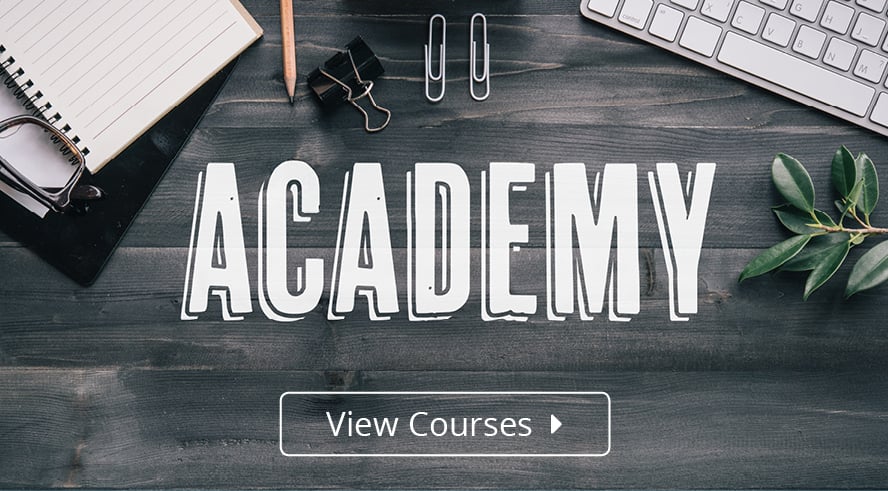The back cover copy you write for your book is among the most important marketing messages you’ll craft. It’s the essence of your book’s most exciting features, distilled into a few hundred words. It typically serves as the foundation for your online book descriptions, as well as any press releases or pitches you make to the media. It will get re-used and re-fashioned for dozens of purposes. Whatever labor you expend on perfecting it will reward you in the long run.
Here are the key principles that publishers and authors alike use to create what should become a masterpiece of your book marketing and an essential piece of your book metadata.
Back Cover Copy for Nonfiction (Non-Narratives)
The most important question you must answer in your back cover copy is: Why and how will the reader benefit from this book? If you know your audience well, then you know the problems they face; your back cover copy should tell how your book addresses these problems head on and helps readers overcome a challenge or succeed.
Two of the most common mistakes that nonfiction authors make in crafting their back cover is:
- Focusing too much on a description of the book’s content, rather than how the content will help, inform, or entertain the reader
- Focusing too much on the author’s background, rather than how the author’s credentials or experience helps them expertly address the subject matter
Rather than crafting copy that’s a long, solid block of text, you can help ensure the copy is read by including (in this order):
- A headline at the top of the cover that succinctly sums up the key benefit or selling point of the book—or consider a convincing quote (blurb) from a recognizable authority who recommends the book
- About a 100-200 word summary that expands upon the headline and demonstrates the value of the book
- A bullet list of features and benefits the book provides to readers
- A final sentence or two to close the message, with a mention of the author’s credentials if not earlier described
- (optional) Praise (blurbs) for the book from recognizable authorities
- (optional) A brief author bio and author photo at the bottom of the cover
A professional designer can work wonders in arranging this information in a way that helps it get read, especially if you have a range of elements you’re trying to assemble (description, blurbs, bio, photo, awards, and so on).
Back Cover Copy for Fiction (and Nonfiction Narratives)
It’s not uncommon for traditional publishers to put nothing but blurbs or book reviews on a novel’s back cover, especially if it’s by an author who is already well-known. But that’s rarely the best strategy for authors who don’t already have an established audience. Potential readers will want to know what the story is about before committing, and the hook you provide may determine whether they start reading the first page or chapter. (The same is true of memoir and other true-to-life stories.)
The hook for the back cover isn’t so different from the hook you’d put in a query letter to a literary agent. The hook needs to convey:
- Who is the main character(s)?
- What do they most deeply desire?
- What stands in the way?
- What is the setting or context for the story?
If you can’t identify what the main character deeply desires, then ask: What challenge do they face? What sets their story in motion?
Ultimately, what you’re trying to get across is an intriguing story premise. For example, My Sister's Keeper by Jodi Picoult tells the story of 13-year-old Anna, who was born as a “savior sister” specifically so she can save her older sister’s life. When Anna turns 13, she is told that she will have to donate one of her kidneys, and she sues her parents for medical emancipation.
That length of description is all you need to sell the story to potential readers. To improve your own story description, read the book marketing copy for dozens (even hundreds) of books in your genre, and pay attention to length, point of view or voice, as well as how much of the story is described. For example, it’s very popular for contemporary romance novel descriptions to be written from the point-of-view of the heroine. Here’s how the book marketing copy for Baller by Vi Keeland starts:
The first time I met Brody Easton was in the men's locker room.
It was my first interview as a professional sportscaster.
The famed quarterback decided to bare all.
And by all, I don't mean he told me any of his secrets.
No. The arrogant ass decided to drop his towel, just as I asked the first question. On camera.
In those 60 words, we know who the main character is, a good idea of what she desires (or will desire!), and what her challenge will be. We also know the setting or context.
No matter what category or genre your book falls into, you have to pack a lot of punch into a couple hundred words, sometimes less. Don’t just write one version and consider it done. Write multiple versions, test and gather feedback, and improve it until you feel it’s the best possible sales piece for your book.












